Bowery in 1978, was a different world than it is today. Back then, it was a neighborhood that was rough around the edges, but it had a character and a sense of community. The Bowery was a place where people looked out for each other, despite the poverty and hardships that many of us faced.
The streets were lined with flophouses, bars, and social service agencies. The population of the Bowery was primarily made up of men who were homeless or low-income. I remember the smell of cheap liquor, and the sound of the trains rumbling overhead.
The Bowery was also known for its punk rock scene. Many of the bars and clubs in the area hosted punk and new wave bands, and the Bowery became a destination for punk fans from all over the city. I used to go to the clubs and bars, and I remember the energy and the feeling of being part of something special.
I remember the city government was planning on urban renewal projects in the Bowery. The area was rezoned to allow for the construction of new buildings and the redevelopment of existing structures. But many of us were concerned about the displacement of low-income residents and the loss of the neighborhood’s character. I remember the protests, the community meetings, and the sense of uncertainty about what the future would hold for the Bowery.
Here are some stunning photos of Bowery in the summer of 1978 by Spanish photographer Manel Armengol.


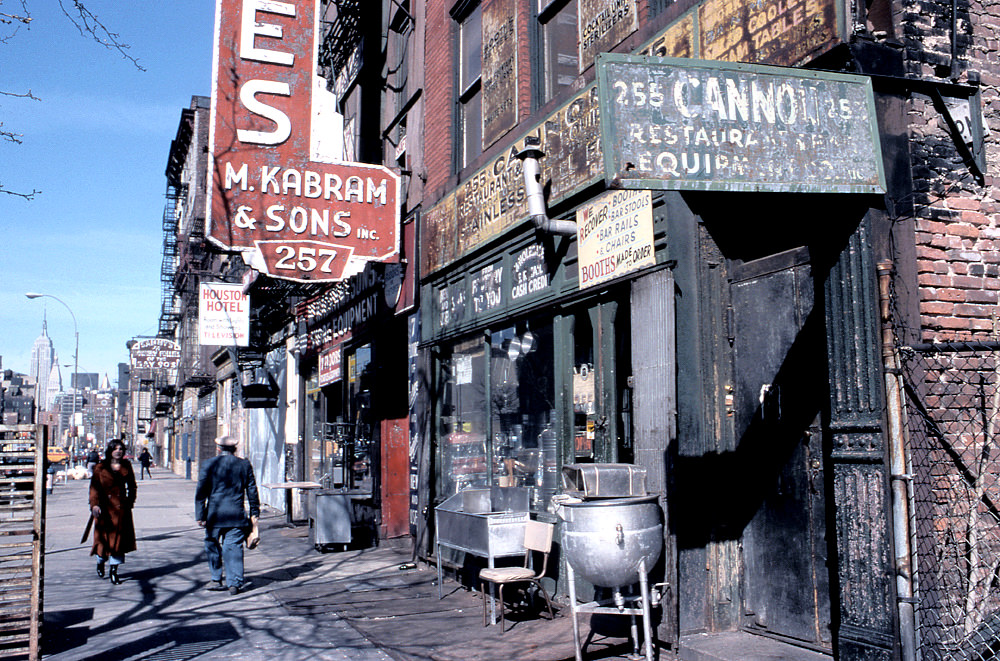
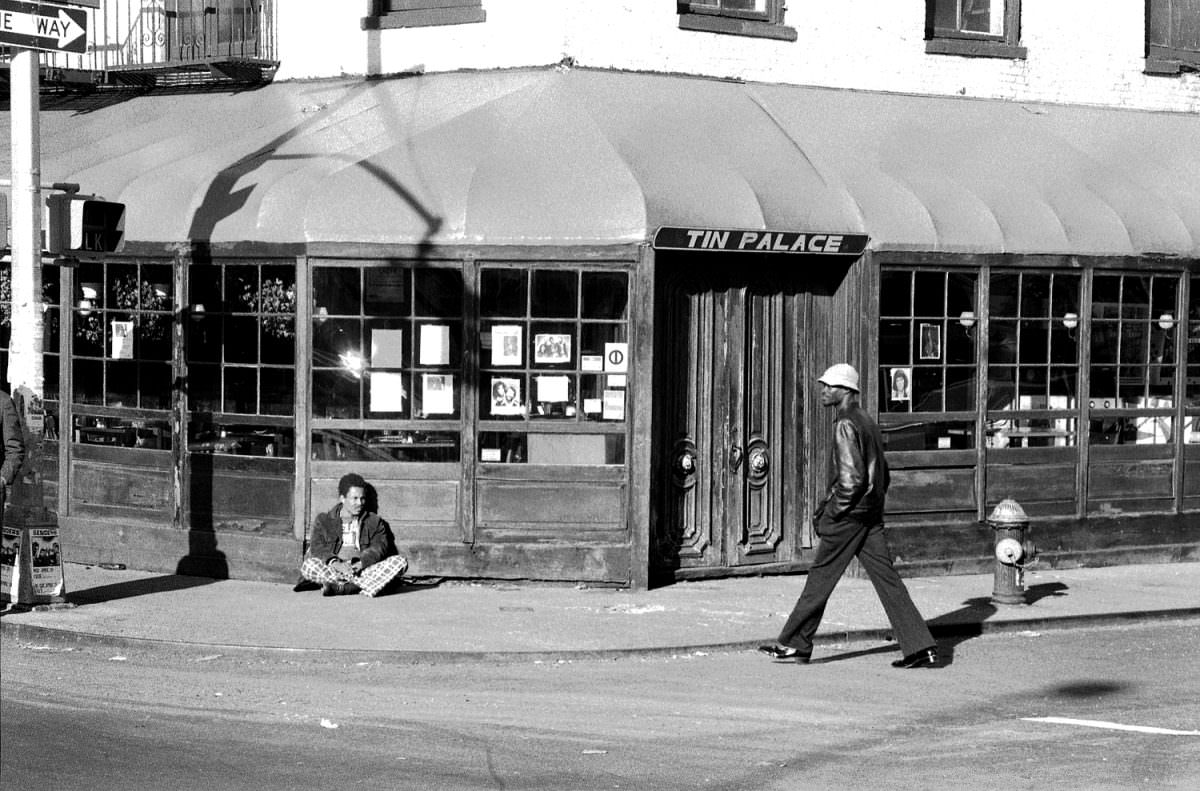
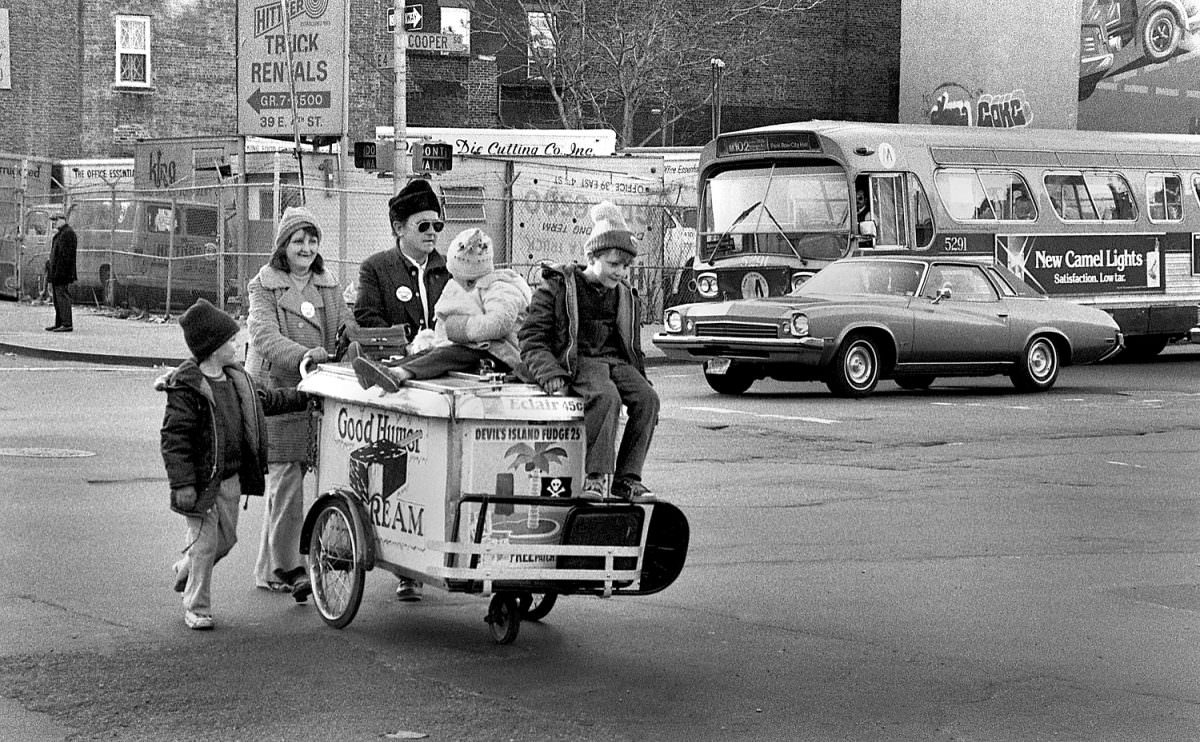
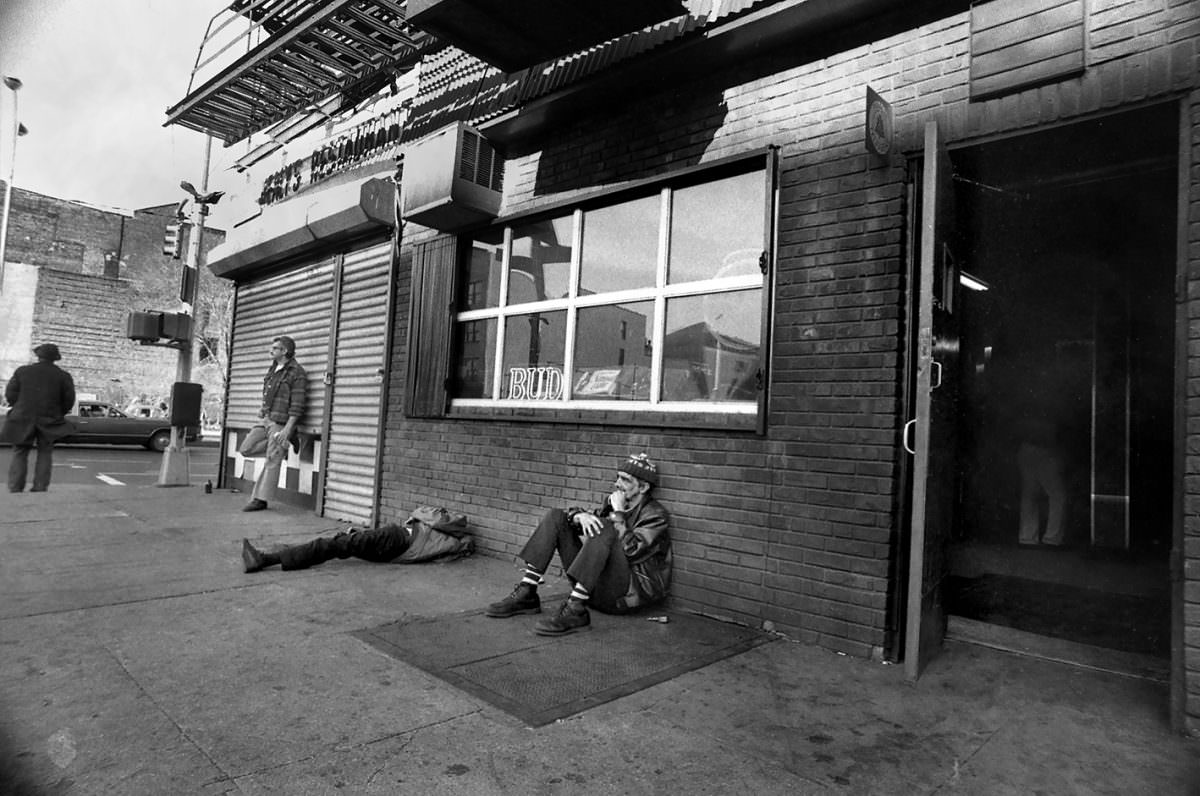
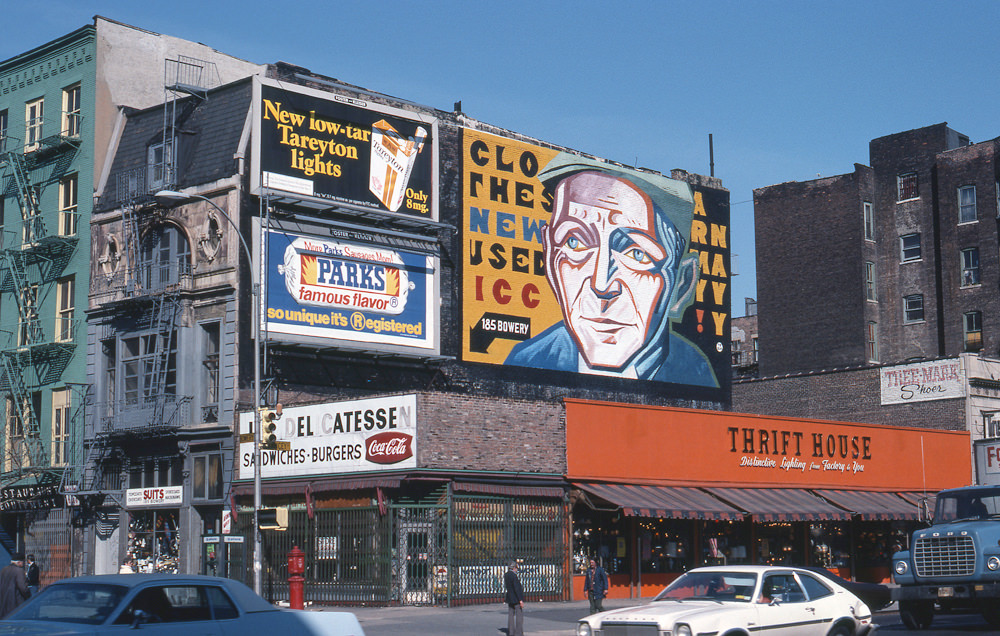
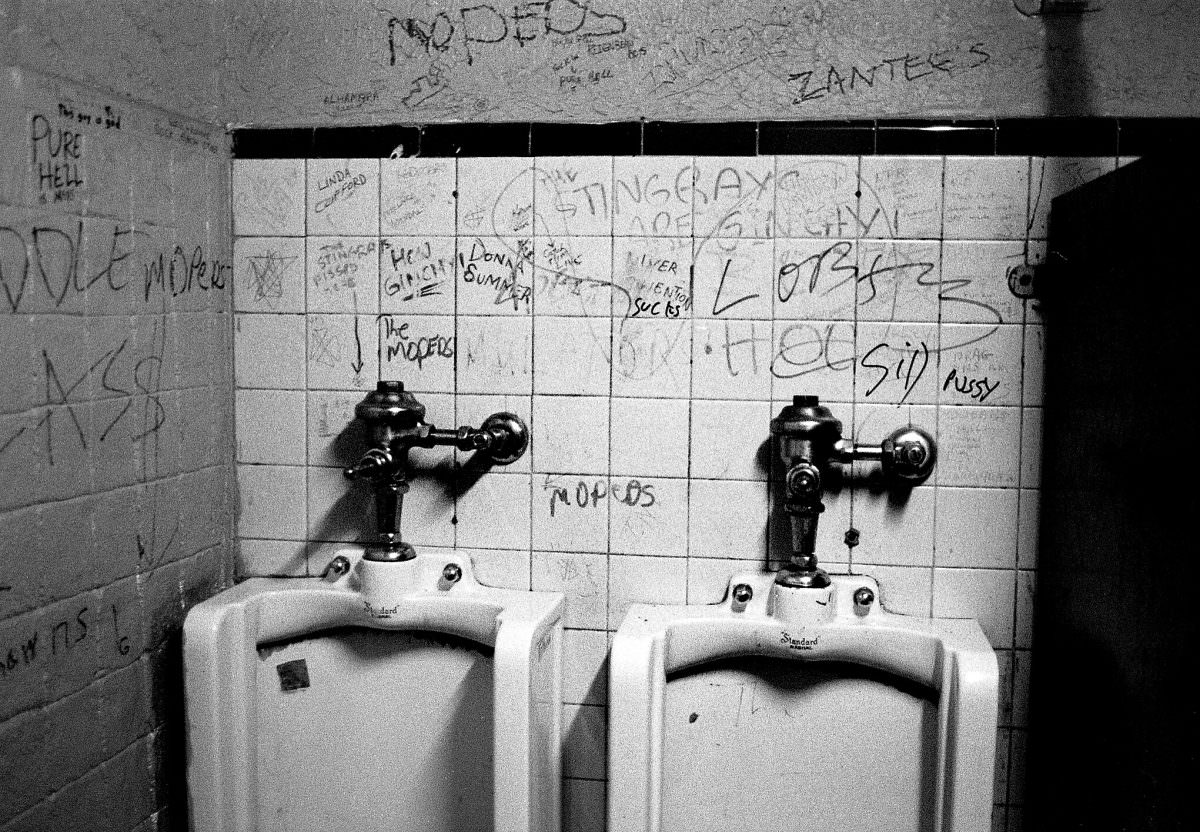
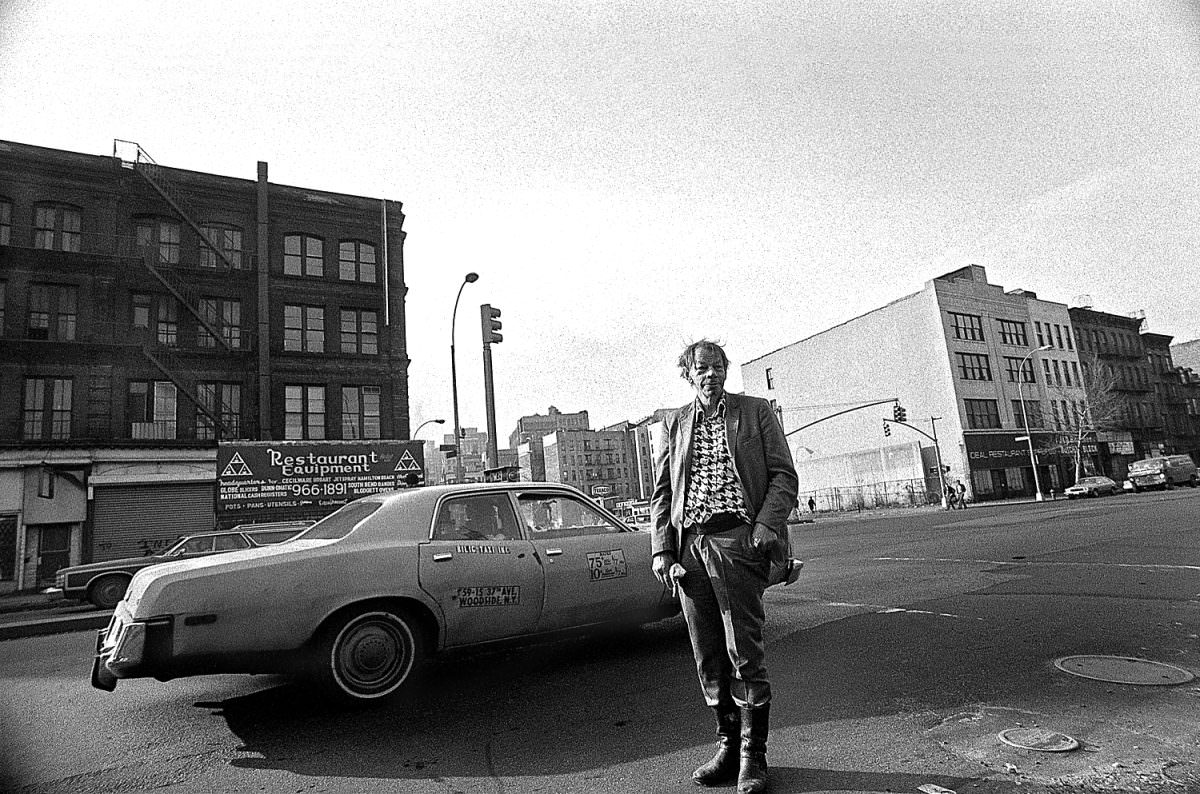
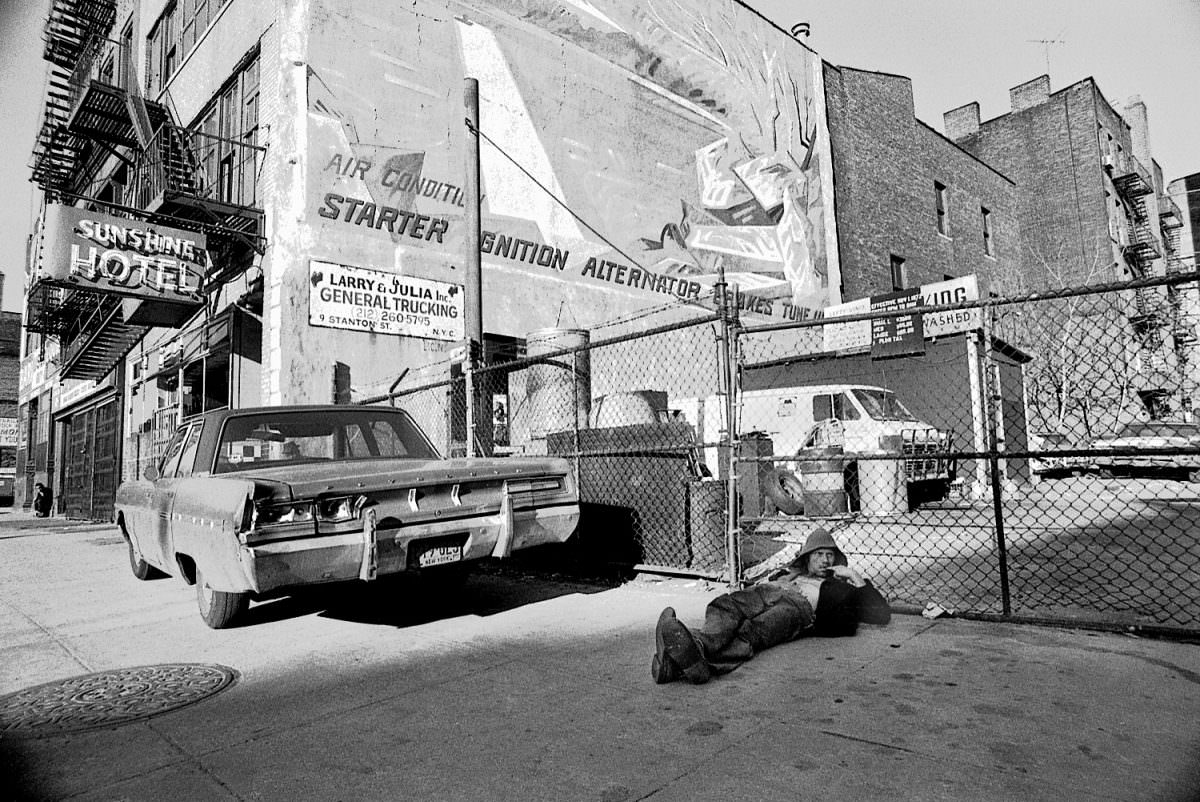
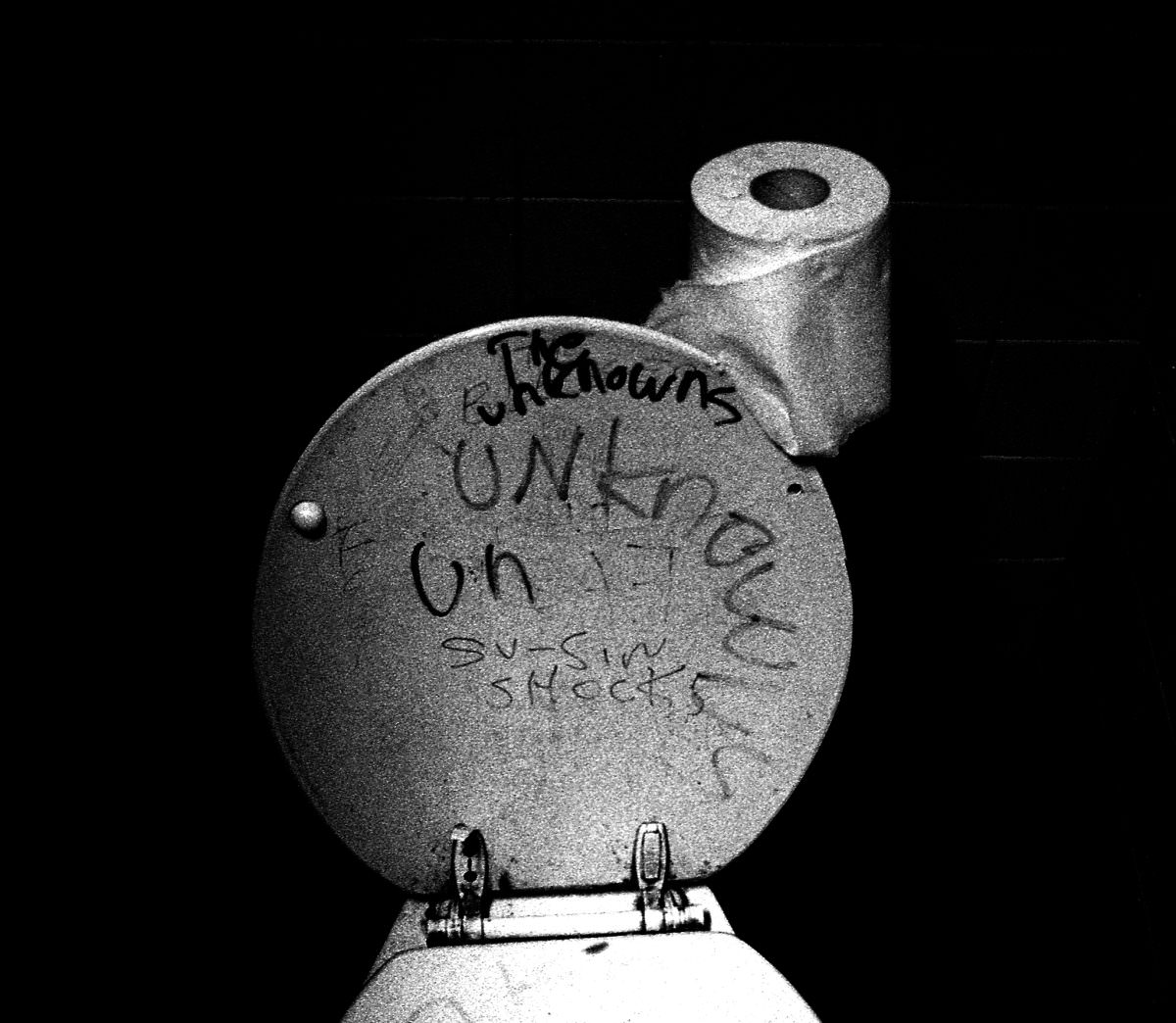
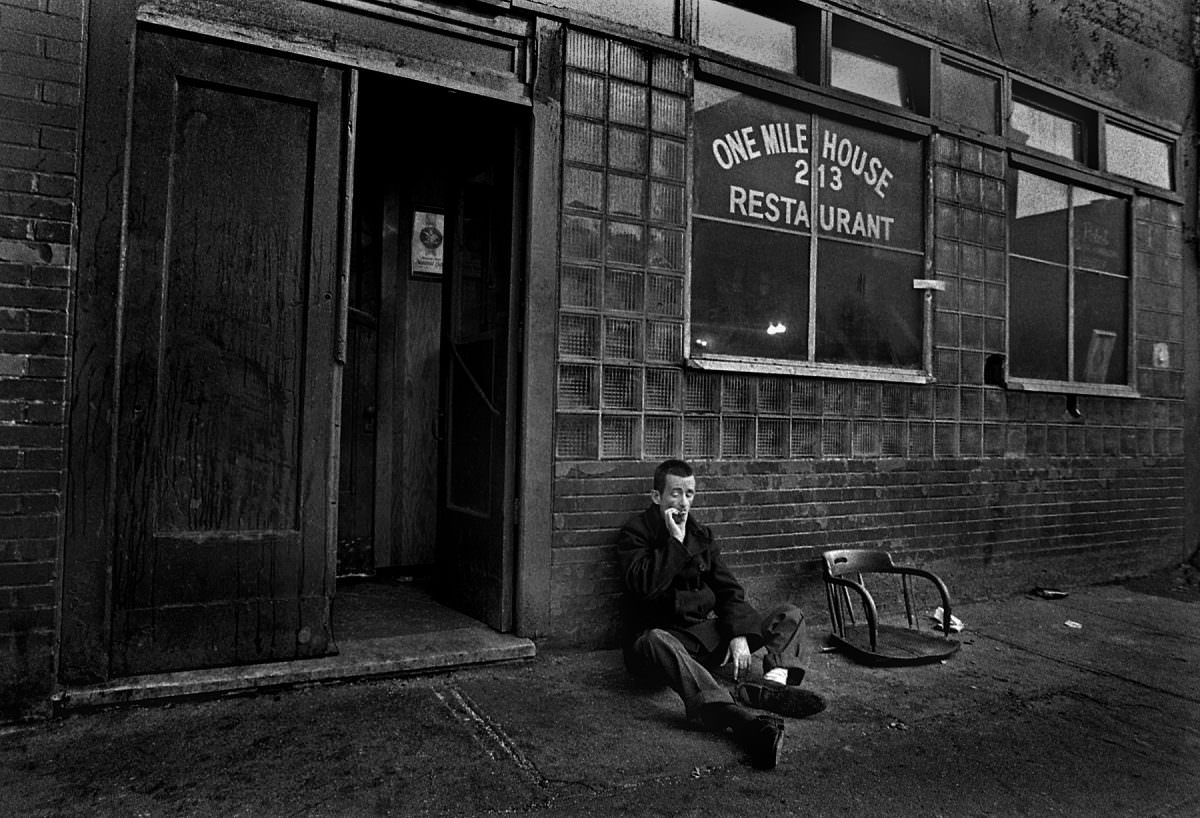
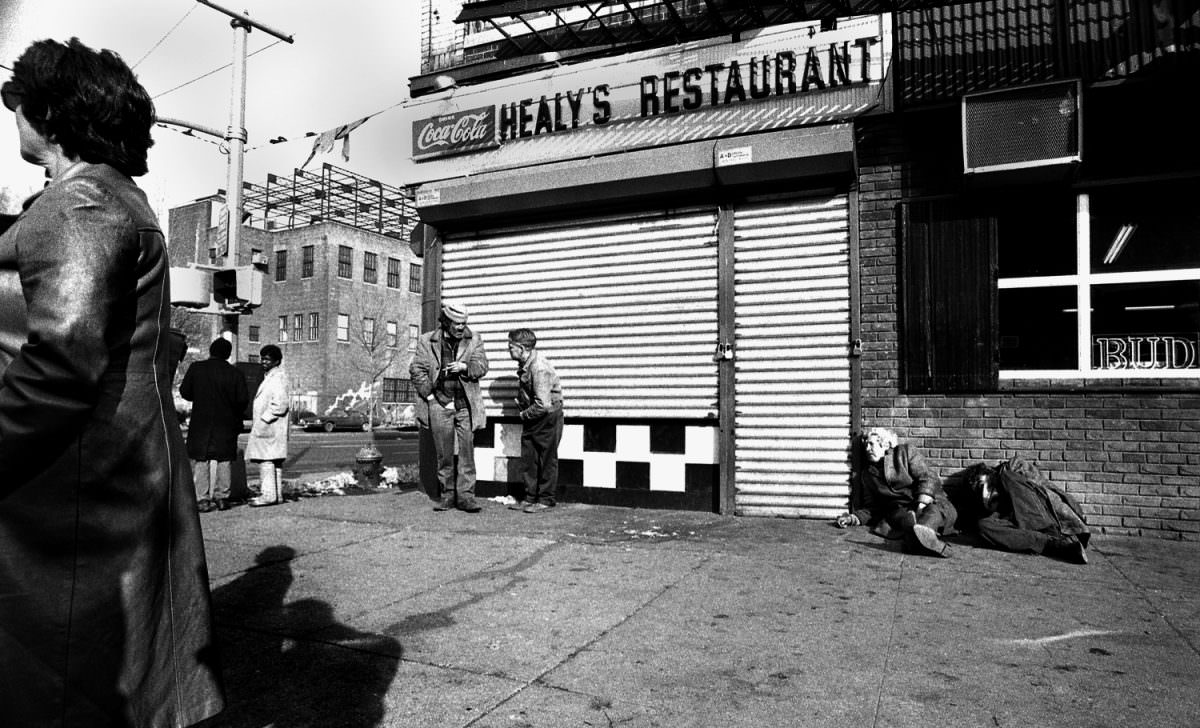
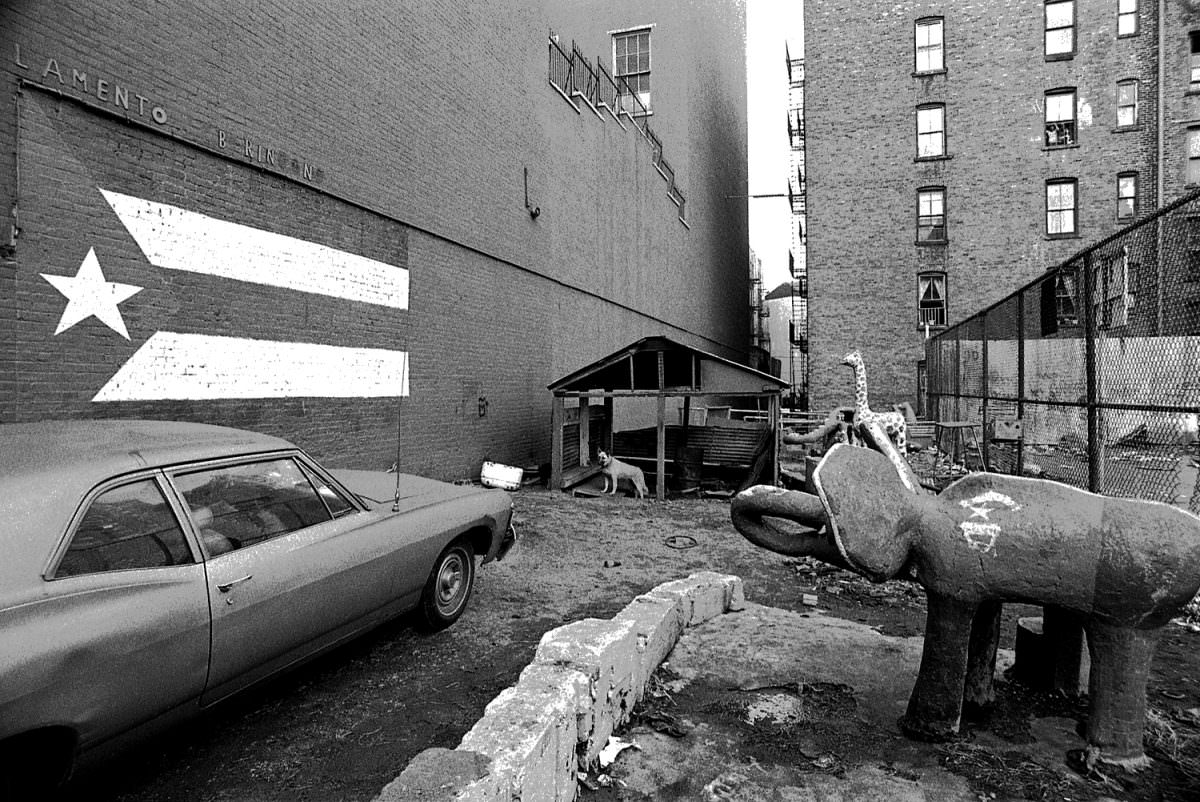
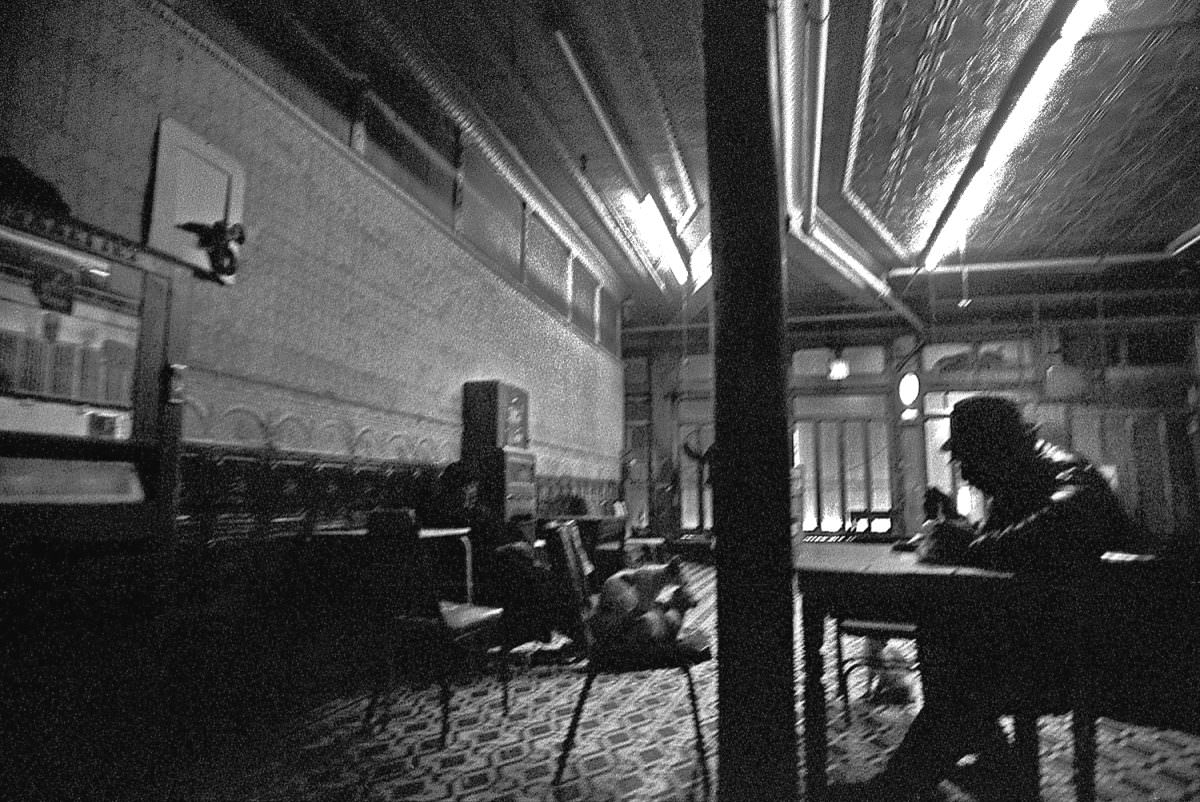
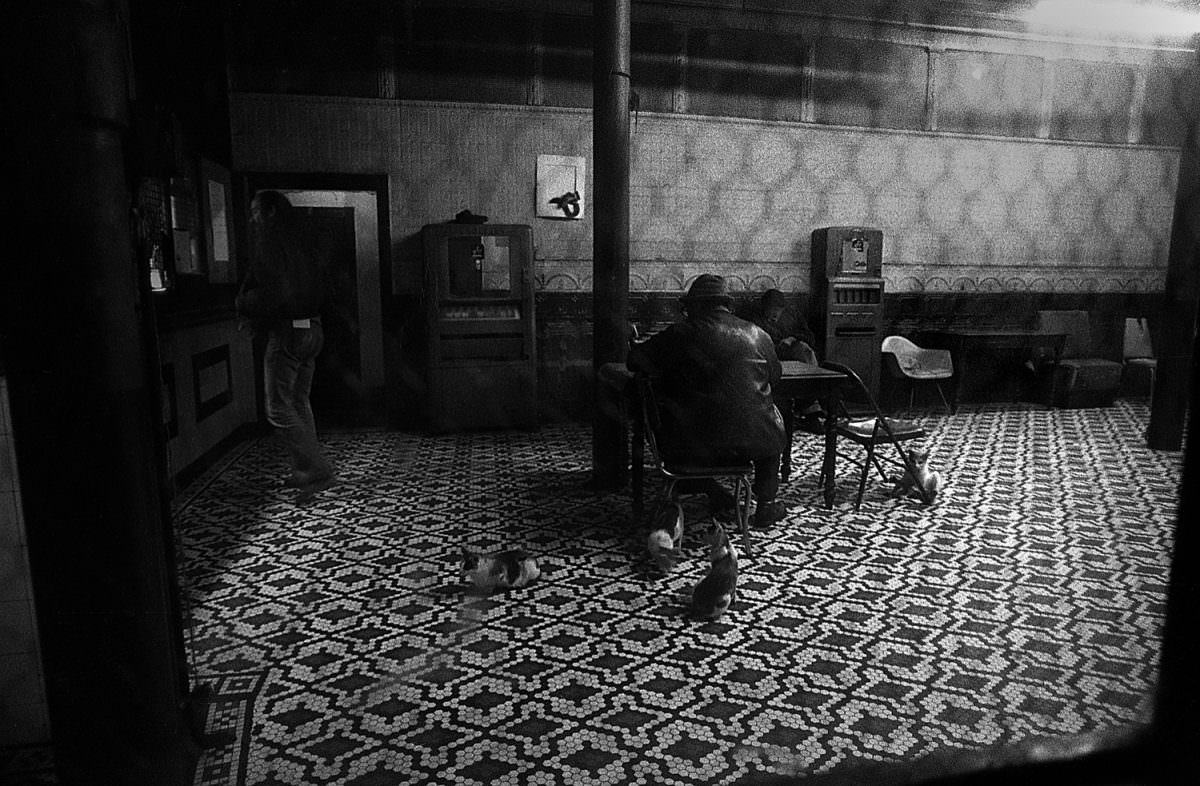
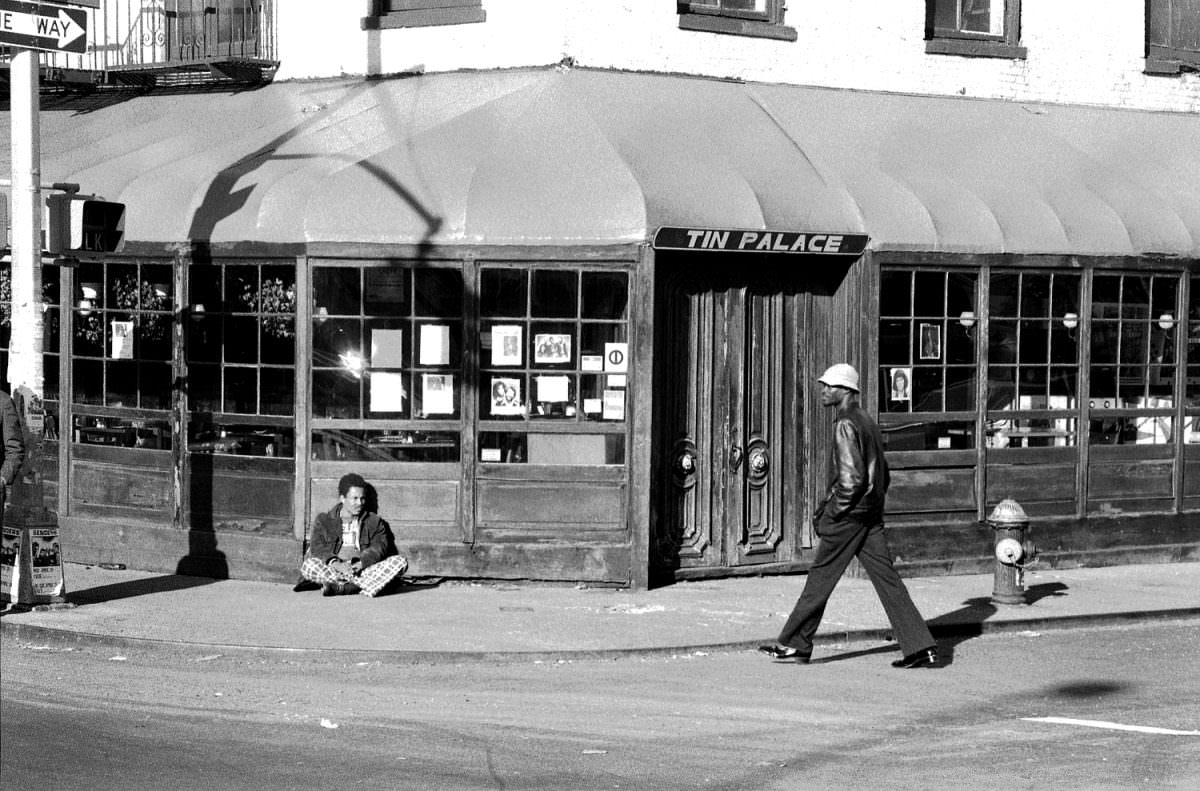
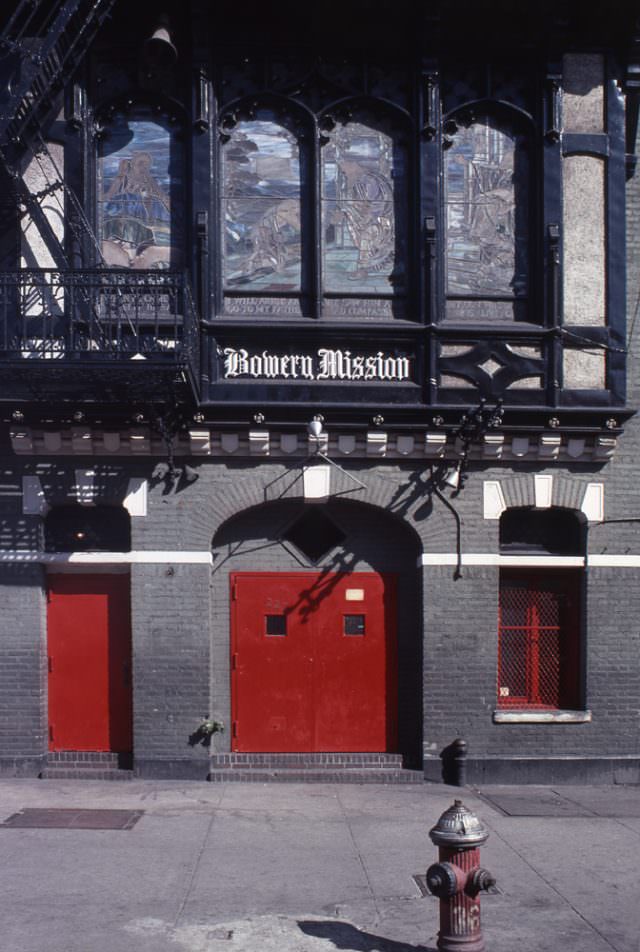

GIPHY App Key not set. Please check settings